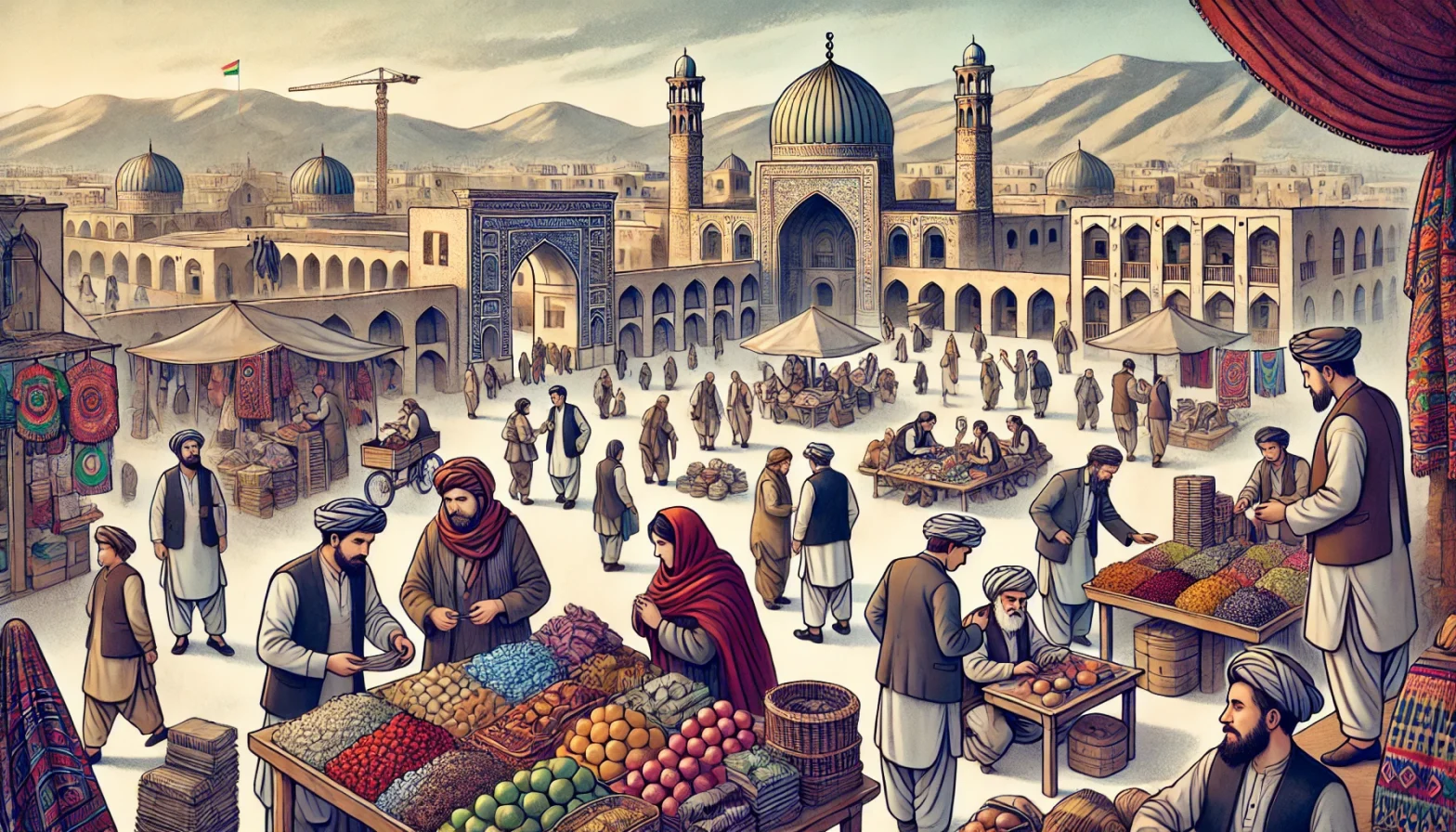آرشیف
Qutb Minar complex
jameghor

The most famous monument situated in the complex is the Qutub Minar; other important constructions in the complex are the Quwwat-ul-Islam mosque, the Ala-I-Darwaza, the Alai Minar and the iron pillar.
According to John Keay’s “History of India,” 27 previous Hindu and Jain temples were destroyed and their materials reused to construct the minar and other monuments of the complex.
Inspired by the Minaret of Jam in Afghanistan and wishing to surpass it, Qutb-ud-din Aybak, the first Muslim ruler of Delhi, commenced construction of the Qutub Minar in 1193; but could only complete its basement. His successor, Iltutmish, added three more stories and, in 1368, Firuz Shah Tughluq constructed the fifth and the last story. The development of architectural styles from Aibak to Tuglak are quite evident in the minaret. Like earlier towers erected by the Ghaznavids and Ghurids in Afghanistan, the Qutub Mahal comprises several superposed flanged and cylindrical shafts, separated by balconies carried on Muqarnas corbels. The minaret is made of fluted red sandstone covered with intricate carvings and verses from the Qur’an. The Qutub Minar is itself built on the ruins of Lal Kot, the Red Citadel in the city of Dhillika, the capital of the Jat Tomars and the Chauhans, the last Hindu rulers of Delhi.
The purpose for building this beautiful monument has been speculated upon, apart from the usual role of a minaret – that of calling people for prayer in a mosque- in this case the Quwwat-ul-Islam mosque. Other reasons ascribed to its construction are as a tower of victory, a monument signifying the might of Islam, or a watch tower for defence. Controversy also surrounds the origins for the name of the tower. Many historians believe that the Qutub Minar was named after the first Turkish sultan, Qutb-ud-din Aibak but others contend that it was named in honour of Khwaja Qutb-ud-din Bakhtiar Kaki, a saint from Baghdad who came to live in India who was greatly venerated by Akhbar.
Alai Minar
Ala ud din Khilji started building the Alai Minar, which was conceived to be two times higher than Qutub Minar. The construction was abandoned, however, after the completion of the 24.5 meter high first storey; soon after death of Ala-ud-din. The first story of the Alai Minar still stands today.
Quwwat-ul-Islam mosque
Quwwat-ul-Islam mosque (Might of Islam) (also known as the Qutb Mosque or the Great Mosque of Delhi) was built by Qutb-ud-din Aybak, founder of the Mamluk or Slave dynasty. The mosque construction started in the 1190s when Aibak was the commander of Muhammad Ghori’s garrison occupied Delhi. The mosque is said to be built by the parts taken by destruction of twenty-seven Hindu and Jain temples. It was the first mosque built in Delhi after the Islamic conquest of India and the best surviving example of Ghurid’s architecture.
Expansion of the mosque continued after the death of Qutub. His successor Iltutmish extended the original prayer hall screen by three more arches. By the time of Iltutmish, the Mamluk empire had stablized enough that the Sultan could replace most of his conscripted Hindu masons with Muslims. This explains why the arches added under Iltutmish are stylistically more Islamic than the ones erected under Qutb’s rule.
The mosque is in ruins today but indigenous corbelled arches, floral motifs, and geometric patterns can be seen among the Islamic architectural structures.
To the west of the Quwwat-ul-Islam mosque is the tomb of Iltutmish which was built by the monarch in 1235. The construction of this mausoleum clearly represented a departure from the Hindu custom of cremating the dead.
Ala-I-Darwaza
The Ala-I-Darwaza is a magnificent gateway in the complex. The gateway was built by the first Khilji sultan of Delhi, Ala ud din Khilji. The gateway is decorated with inlaid marble decorations, latticed stone screens and showcases the remarkable craftsmanship of the Turkish artisans who worked on it.
نوشتن دیدگاه
دیدگاهی بنویسید
برای نوشتن دیدگاه باید وارد بشوید.
مطالب مرتبط
پر بیننده ترین مقالات
پیوند با کانال جام غور در یوتوب
Reconnect to YouTube to show this feed.
To create a new feed, first connect to YouTube using the "Connect to YouTube to Create a Feed" button on the settings page and connect any account.
صفجه جام غور در فیس بوک
Problem displaying Facebook posts.
Type: OAuthException
Subcode: 460
گزارشات و مصاحبه ها
-
قاری رحمت الله بنیان گزار گروه داعش و سرکرده گروه طالبان ولایت غورطی یک عملیات نیروهای امنیتی افغان در ولایت فاریاب کشته شد
-
کارگاه سه روزه آموزش حقوق بشر و حقوق بشردوستانه برای نیروهای امنیتی و دفاعی در ولایت غور
-
گرامیداشت شانزدهمین سالروز تأسیس کمیسیون مستقل حقوق بشر افغانستان در ولایت غور
-
امضاء تفاهمنامه نشر برنامه های حقوق بشری با چهار رادیو در ولایت غور


 0
0







